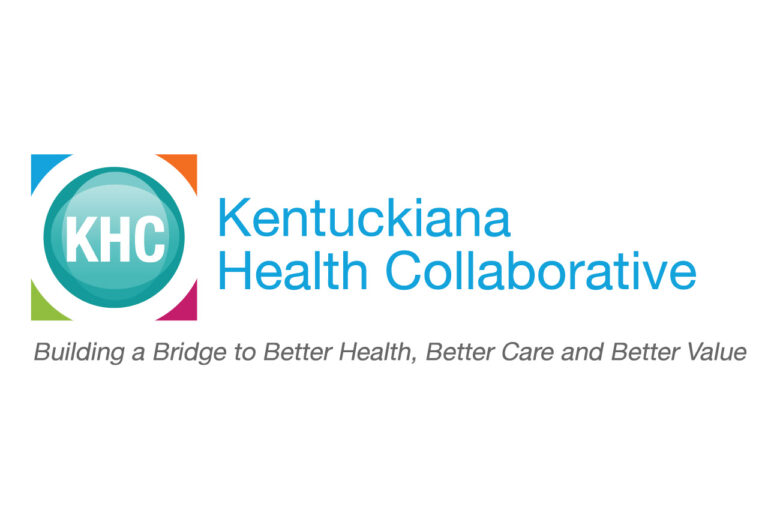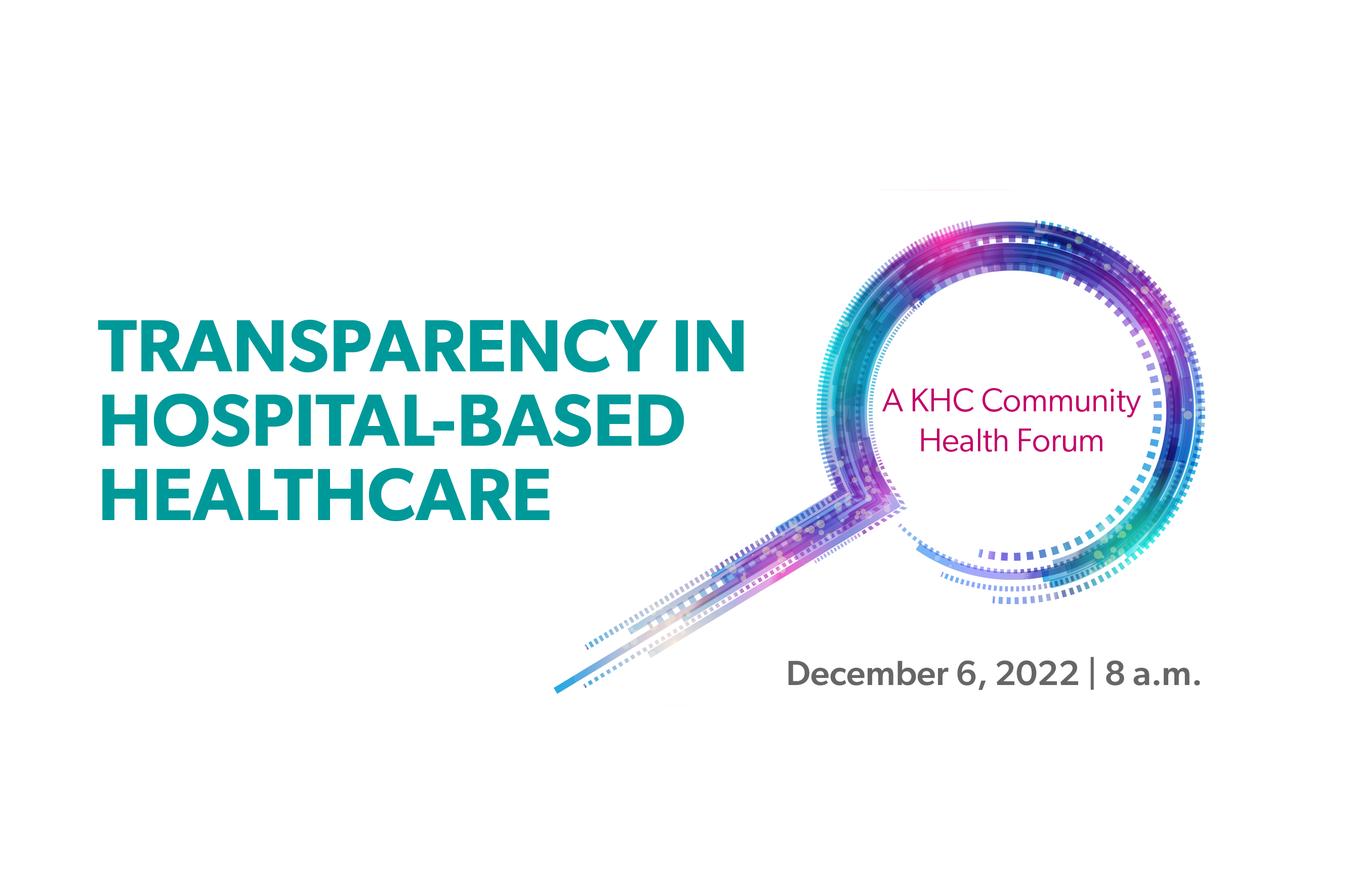(Note: this guest piece was written by Elizabeth Archer-Nanda, DNP, APRN, PMHCNS-BC. Elizabeth is the manager of the Behavioral Oncology Program at Norton Healthcare, which cares for the emotional and mental health needs of oncology patients and their families. In this piece, she shares her reflections from the KHC 2019 Annual Conference, which she attended.)
Last month, the Kentuckiana Health Collaborative hosted their fifth annual conference focusing on opportunities to create high value behavioral healthcare across the region. The room was full of community and national partners and offered comprehensive discussions around closing the gap on how to approach the treatment of mental health and substance use disorders. Speakers gave personal reflections on the impact mental illness has on individuals close to them as well as prospects for how purchasers and stakeholders may address foundational barriers to quality mental health care.
Paul Gionfriddo, President and CEO of Mental Health America, Inc. provided an overview of mental health services in the U.S. from 1970 to current day by poignantly comparing and contrasting his family’s experiences navigating mental health services for his son, Tim, versus medical care for his daughter, Larissa.
Although Larissa ultimately died due to breast cancer at age 34, her health journey was met with opportunity for personal growth throughout her four-year illness. Tim’s health journey, however, which began at age five and now spans close to three decades, has been riddled with years of pending diagnoses, deteriorating mental health, homelessness, and – on more than one occasion – imprisonment.
Following Gionfriddo’s talk, Mike Thompson highlighted that for mental health care to be truly accessible, barriers must be removed, including:
- eliminating obstacles to provider credentialing,
- improving, vastly, the mental health provider reimbursement models, and
- Increasing incentives to attract psychiatrically trained providers to work within health systems where the majority of patients are receiving care.
The impetus for these recommendations is solid. The prevalence of mental health conditions far exceeds the number of available psychiatric providers trained to treat these conditions. The healthcare system must begin to think creatively regarding how to care for individuals with mental health conditions. Only 20 percent of individuals with co-occurring mental health conditions will receive specialty mental health and/or substance use care intervention. Meanwhile, approximately 21 percent receive care through routine primary care; this leaves the remaining 59 percent of individuals not to receive care at all (Robinson & Reiter, 2016). The ability to weave the care of mental health conditions throughout routine care provides an enhanced opportunity to promote earlier intervention and adequate treatment for co-occurring mental health and substance use conditions.
Both presenters reinforced the 2017 position statement by the American Psychiatric Nurses Association that “whole health begins with mental health.” Specifically, the negative impacts of mental health and substance use on our productivity and wellness as a nation are widely known, yet movement toward early intervention for mental health conditions remains scarce in most communities.
This is reflected in the research.
Approximately 56 million American adults experience mental health or substance use conditions each year, with three-quarters of all chronic mental health conditions beginning by age 24 and the first intervention occurring almost 10 years later. Among individuals affiliated, 68 percent have co-occurring medical conditions, as was discussed by Intermountain Healthcare’s Brenda Reiss-Brennan at last year’s KHC Annual Conference. Further, worldwide depression is the leading cause of disability and by 2020 it is estimated that there will be one death by suicide every 20 seconds. Lastly, the cost of (untreated) mental health and substance use conditions in the U.S. is equally staggering at $201 billion annually – exceeding all other conditions.
A shift must occur in which we build systems capable of caring for a whole person’s health needs at the onset of symptom distress across their healthcare journey, rather than providing reactive crisis related care intervention. An individual’s health relies on their mental health to fully embrace the challenges presented in life. The ability to access care that embraces mental health as part of personhood is needed in order to truly promote health and wellness.
Gionfriddo’s honest account of two of his children’s journeys highlighted the disparity experienced among those with mental illness. He urged attendees to consider what might be if mental health conditions were met with the same resource allocation as other illnesses. What might happen if instead of attempting to “rescue” individuals from already debilitating symptoms of mental illness, earlier intervention strategies were employed to treat individuals before advanced stages of mental illness?
As a psychiatric advanced practice nurse embedded within an oncology setting, we widely recognize the disadvantage of a later stage cancer diagnosis. The campaign launched by Mental Health America to treat mental illness before stage IV should not be a goal that is considered unattainable; rather, it is a call to action for each of us to begin movement toward reducing barriers to care and enhancing lives.






